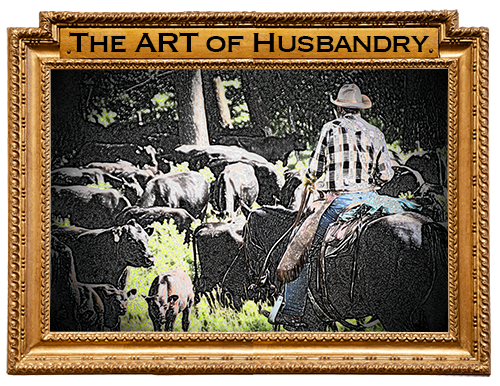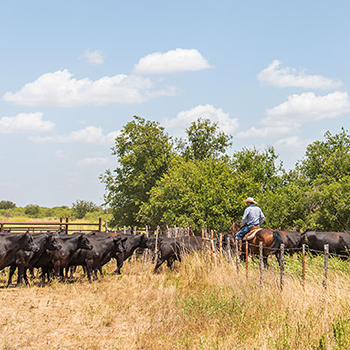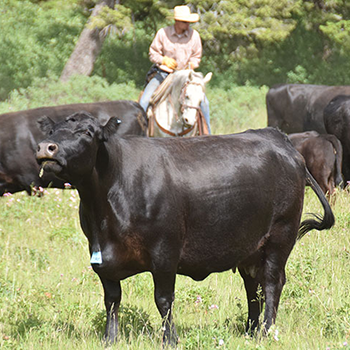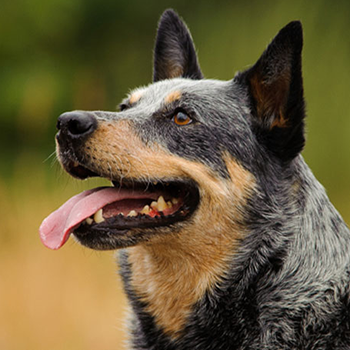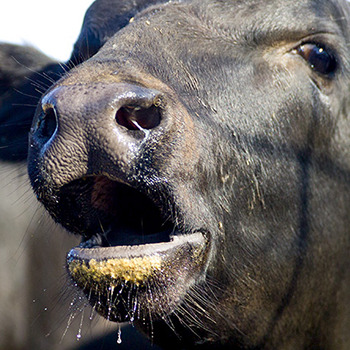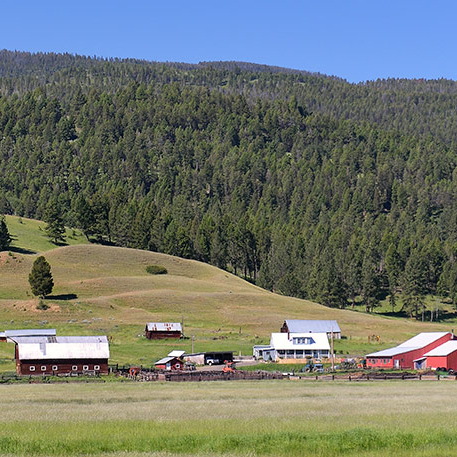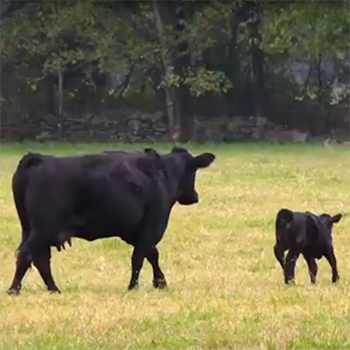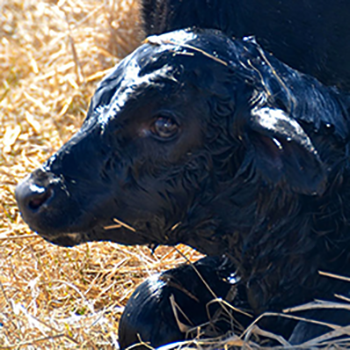
Grazing Cornstalks or Corn Residue?
Considerations given for grazing cornstalks.
Having cornstalks to graze is a great resource for livestock producers. For dry cows, it is a relatively inexpensive feed that can typically meet, or come very close to meeting nutritional needs. Grazing can also help get rid of corn remaining in the field and potentially reduce volunteer corn the following year, but are cattle really grazing stalks?
Yes and no. In everyday conversation, “grazing cornstalks” is said, but the stalk is the last thing cattle eat. Cattle do eat stalks, particularly if they are left on a field too long, but they are primarily consuming leaf, husk and leftover corn. The stem or stalk makes up about 48.5% of the residue, while the leaf blade and husk make up 39.6%. Cattle will consume leaf and husk if available. That diet will consist of 52% to 55% TDN (total digestible nutrients) and 5% to 5.5% crude protein (CP).
When thinking about how long to graze corn residue, the calculation to follow is that for every bushel (bu.) of corn produced, there is 16 pounds (lb.) of dry leaf and husk. The recommended grazing plan should be to remove 50% of the leaf and husk. This assumes that portions of the forage will also be lost to trampling, defecation, and other considerations such as wind. Now the calculation is 8 lb. of good forage on a dry-matter basis that is available for consumption for every bu. of corn.
For example, say the field produced 200 bu. per acre corn. By the calculations, there is 1,600 lb. of dry matter (DM) per acre available (8 lb. x 200 bu. = 1,600 lb.). A 1,000-lb. animal will consume about 26 lb. of dried forage per day, which means a 1,300-lb. animal will consume about 34 lb. per day. However, with lower-quality forage such as corn residue, intake will be closer to 2% of body weight. In this example, that means closer to 26 lb. for the 1,300-lb. animal. So, how many days of grazing is that? By the calculations, there are 61 days of grazing for one cow grazing one acre (1,600 lb. DM ÷ 26 lb. = 61 days). A general rule is about 30 cow days per 100 bu. of corn produced. Grazing corn residue can be a very cheap way to potentially clean up corn in a field as well.
Calves and replacement heifers can also be a great option, but will need a protein source in order to meet their growing requirements. Not only is grazing corn residue good for the cattle producer, it is also good for the crop producer. Studies from the University of Nebraska–Lincoln (UNL) have shown that grazing corn residue increases or at least maintains crop yields. (Grazing Corn Residue: A Win-Win for Crop and Cattle Producers).
In years when there is ear drop, plants blown over, or other factors, the calculations will likely need to be adjusted. That is when good observation is critical. Checking how much corn is on the ground can help with supplementation costs if needed, and to make sure cattle are safe to graze corn residue. A way to calculate the amount of corn on the ground is found in the article “Estimating Bushels of Corn on the Ground by Counting Ears Prior to Grazing with Cattle.” A way to allocate grazing with excessive corn is seen below.

Grazing corn residue, done right, can be very beneficial to the cow and the producer’s bottom line. An accurate calculation will reveal the amount of forage available and will aid in management decisions to be followed.
Interviews with the authors of BeefWatch newsletter articles become available throughout the month of publication and are accessible at https://go.unl.edu/podcast.
Editor’s note: This article is reprinted with permission from the Oct. 1 edition of the UNL BeefWatch newsletter from the Nebraska Extension, for which Brad Schick is an extension educator.
